Sign up for our newsletter to receive updates about new articles, great deals, and information about the activities you love and the gear that makes them possible:
Have You Read Our Other Content?
How to Name Over 1000 Different Lakes – The BWCA
The Boundary Waters have seemingly endless lakes bearing names from Ojibwe, French, English, or English mistranslations, misspellings, or honest translations of the Ojibwe. Many have fascinating backstories of how they came by their names. Some lakes have seemingly had the same name as long as time can remember while others have switched multiple times. This…
The Lost BWCA Entry Points
The Boundary Waters have always been steeped in discussions of how to manage the number of people who visit it. Unlike western wildernesses, there is no natural filter which prevents large numbers of visitors from enjoying it. Many wilderness areas are remote, buffered by dozens of miles of existing land that one must travel through…
The Best BWCA Entry Points for Every Winter Activity
With lake ice quickly becoming travelable, many of us are dreaming about where in the BWCA we’ll head this winter. Winter is a peculiar contrast to summer in this neck of the woods. A whole different gear set is required to travel and stay safe (more on that in future articles.) Accessibility becomes much harder…
Map Mondays – Week 1 – Hog Creek to Skipper/Portage
As part of our continuing series on the “route planning game,” we are creating routes using randomly selected entry points, exit points, and number of days to create unique and fun BWCA routes. This week is a big trip of nine nights from Hog Creek to Skipper/Portage. It’s certainly a big and challenging route, but…
How Trees Tell the Story of the BWCA
Today is the International Day of Forests which means it’s the perfect day to celebrate the trees of the BWCA. The Boundary Waters are a unique mosaic of forests born out of wildfire, windstorms, logging, and the passage of time. Despite the history of disturbance, the Boundary Waters contain the largest tracts of old growth…
Map Mondays – Week 12 – Little Indian North to Moose River North
As part of our continuing series on the “route planning game,” we are creating routes using randomly selected entry points, exit points, and number of days to create unique and fun BWCA routes. This route works through parts of the BWCAW’s far western end from the furthest west EP of the BWCA through big lakes…
Three Generations of BWCAW Rules Videos – Side by Side
It’s as ubiquitous of an experience as one can find tied to a canoe trip into the Boundary Waters, and the memories of it are deeply rooted in my childhood as they are for many who make the annual pilgrimage north to paddle the border waters of canoe country. Even now, I can close my…
Is it Possible to Circumnavigate Minnesota by Canoe?
Preface: This route plan should not be utilized without extensive personal research. I have not completed this route nor do I specifically intend to. It exists for entertainment purposes only. As with all adventures, do your due diligence and research in vetting any part of this article before attempting a dangerous or challenging activity. With…


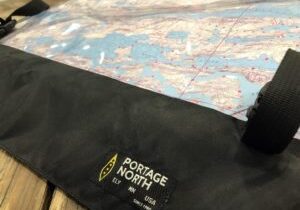

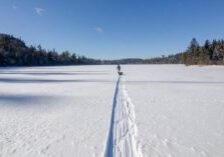

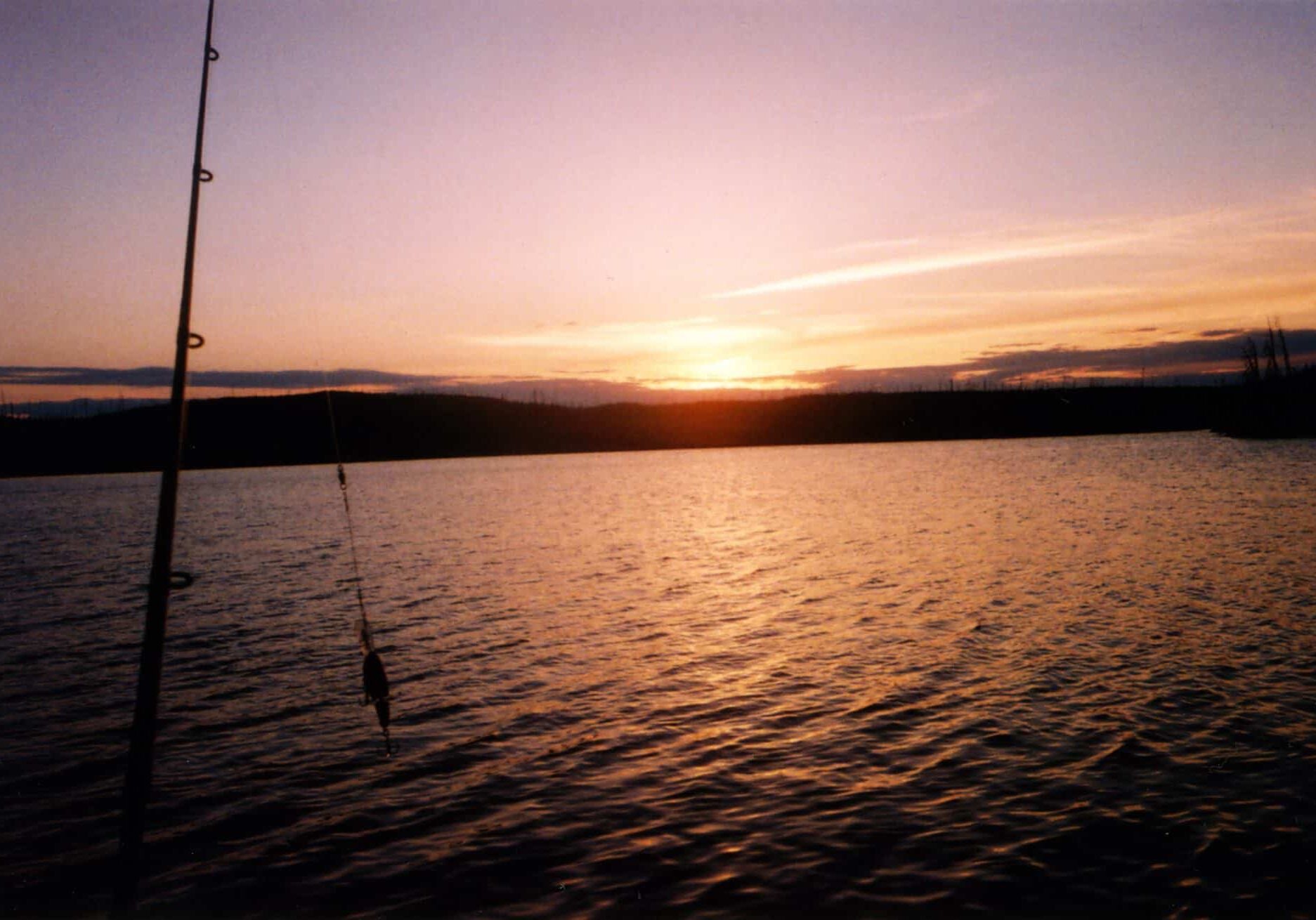
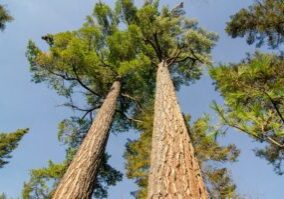
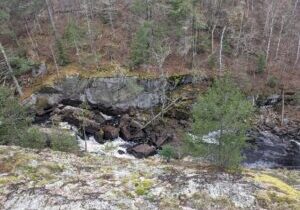
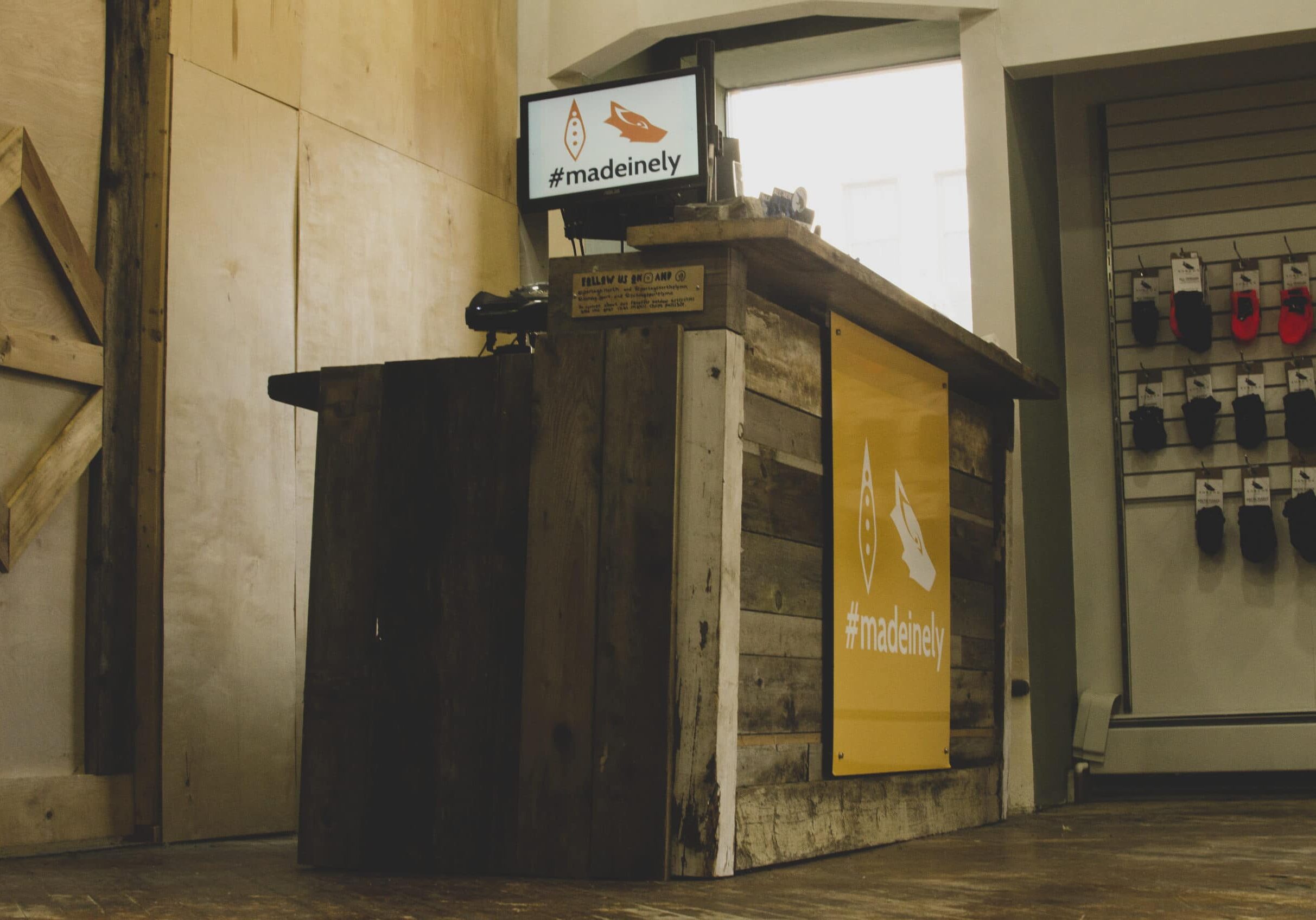
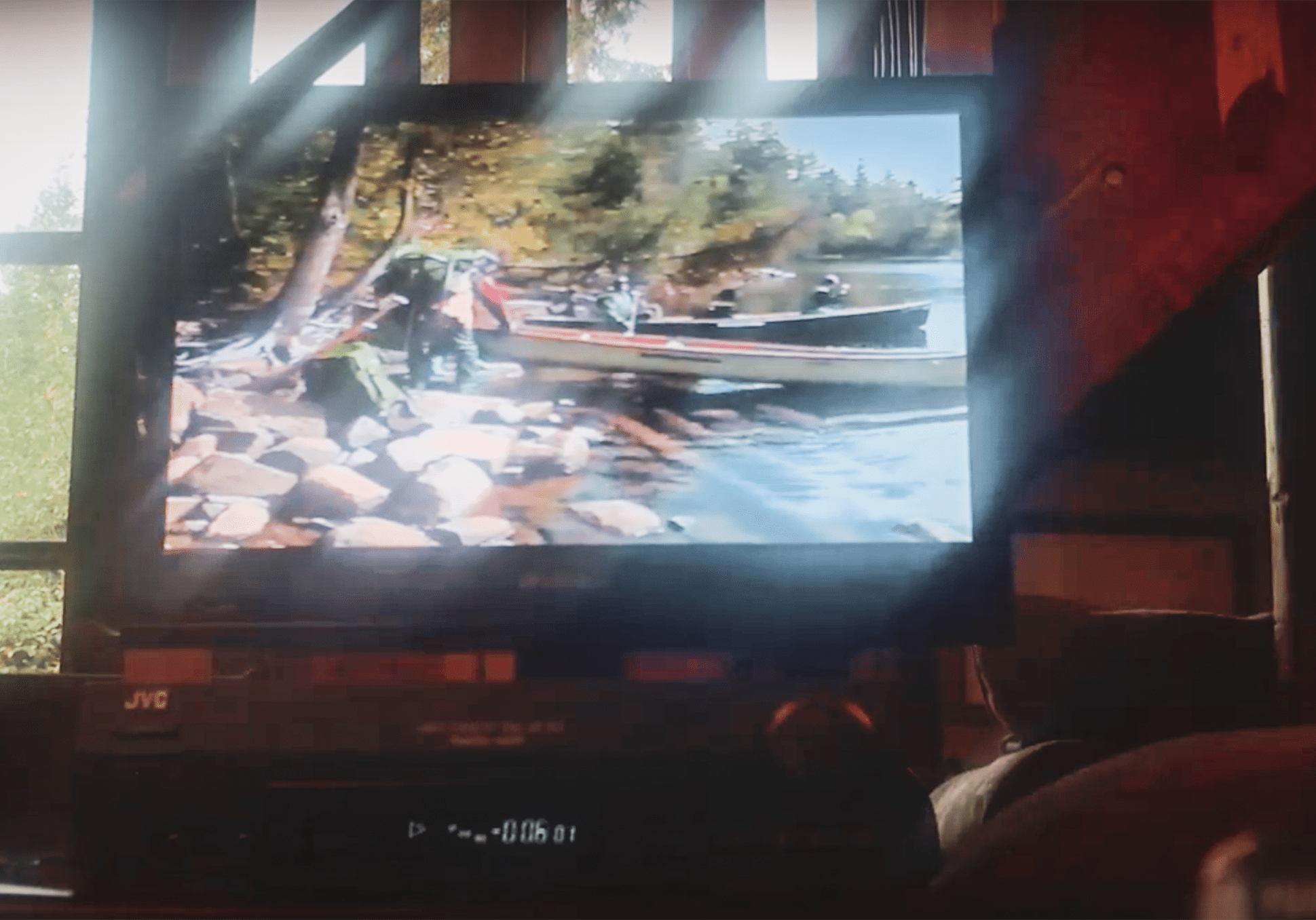

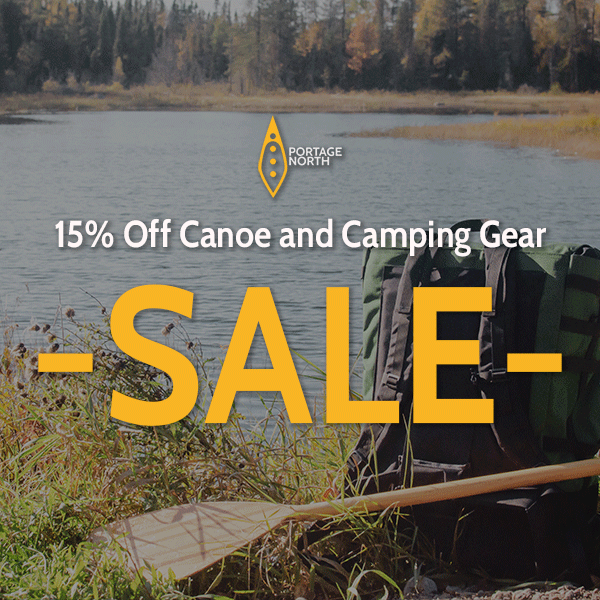
Thank you for the summary of the report – interesting! You noted “Overnight hikers, for instance, make up about 1% of permits in a given year.” I’ve wondered if there would be value in more promotion of the BWCAW trails and even adding a few long trails (which would require allocating more money). It seems to me hiking allows more people (I’m thinking dozens not thousands) to enjoy the wilderness without interfering with canoeists. Hikers tend to be minimalists so really all they need is a trail that occasionally goes past a water source and some sort of camping space even far away from a lake. The existing BRT and KEK are good examples. There are plenty of permits available but the trails are under utilized. Maybe it’s just too hot during the summer for long hikes.
I considered hiking the Kekekabic Trail, but the part I was on was overgrown. The trail is maintained and marked. But the lack of hiking traffic allows the underbrush to grown knee high. It makes it difficult to see where your next step will land. And I don’t think it’s reasonable to expect the Forrest Service to trim the trail. I don’t know if the abundance of undergrowth is why people do not hike it. I did not camp on the trail. I was on an overhight paddle on Dissapointment Lake.
Hello Tom. Thank you for your insightful feedback. Hiking in the BWCA has always been a bit of a niche, and I have never really understood why. There are some really amazing trails like the BRT and the Kek (which you mentioned.) Others like the Sioux Hustler, Pow Wow, Herriman, and Angleworm are amazing also. There are also a bunch of small trails which see less support and are very underutilized. Part of the problem is, as you also inferred, summers are tough for hiking. The forests of the BWCA are dense and the bugs can be on another level. Part of it I think is the draw of the area. It is known for its canoeing; that’s what it is managed for and that’s what draws people. In the past, the USFS has been hesitant to allow new trails to open and has, at times, been hesitant to allow for existing trails to continue to be maintained (see the 1993 report article for an example.) In 1993, there was serious consideration in closing the Sioux Hustler. The Kekekabic was at one time abandoned before volunteers made it what it is today. The Pow Wow lost its eastern half and nearly lost its western half after Pagami Creek until volunteers did the nearly-unimaginable and cut thousands upon thousands of trees off of it. In other instances, the forest service has not allowed volunteer crews to reopen trails such as the old Stuart River trail which ran to Lac La Croix. So, with that, the volunteer organizations which cooperate with the forest service are world class. They make the hiking trails possible; these trails wouldn’t exist without them. That said, though hiking numbers have grown some over the years, it’s still small and likely will continue to be so. It’s just not what the BWCA is known for and nearby trails like the SHT and the state parks take higher traffic. In any case, for those in the know, the hiking trails in the BWCA are special and do provide a unique perspective on a place most people encounter from inside a canoe. For what it’s worth, I feel the BRT is the best hiking trail in the state, but it’s also wild, rugged, and challenging. With limited signage and limited trail marking, wilderness trails are not for everyone, but it’s also what makes them truly special!
[…] Explore The BWCAW Permit and Visitor Use Report […]